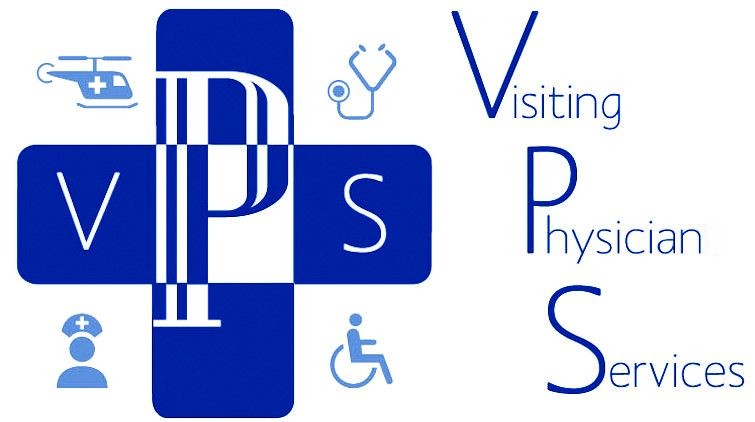Remote patient monitoring is indeed a rising trend in healthcare, and it has the potential to revolutionize the way we deliver and receive medical care. Here are some key aspects and predictions for the future of remote patient monitoring:
- Improved Access to Healthcare: Remote patient monitoring allows healthcare providers to reach and monitor patients regardless of their physical location, particularly those in rural or underserved areas. This technology can bridge the gap between patients and specialists, enabling better access to healthcare services.
- Continuous Monitoring: Remote monitoring devices, such as wearable sensors and smart home technology, can track various health parameters continuously. This provides healthcare professionals with real-time data on patients’ vital signs, symptoms, and conditions. Continuous monitoring enables early detection of health issues or changes in a patient’s condition, allowing for timely intervention and better management of chronic diseases.
- Cost Savings: Remote patient monitoring can reduce healthcare costs by minimizing hospital readmissions, emergency room visits, and unnecessary clinic visits. By monitoring patients remotely, healthcare providers can intervene early and prevent complications or exacerbations, ultimately reducing the overall healthcare expenditure.
- Personalized and Proactive Care: Continuous monitoring allows healthcare providers to tailor treatment plans and interventions according to each patient’s specific needs. With remote patient monitoring, healthcare becomes more proactive, enabling early interventions and preventive measures to promote better health outcomes and improved patient satisfaction.
- Virtual Consultations: The integration of remote patient monitoring with telemedicine expands the possibilities for virtual consultations. Healthcare providers can review patients’ remote monitoring data and conduct video consultations to provide personalized guidance, education, and support. This approach enhances the patient-physician relationship and promotes patient engagement in their own care.
- Data Analytics and Artificial Intelligence: Remote patient monitoring generates vast amounts of data. Applying advanced analytics and artificial intelligence algorithms to this data can provide valuable insights and predictive analytics for population health management, disease management, and medical research. These insights can help identify patterns, trends, and predictors of health outcomes, leading to more effective treatments and interventions.
- Data Security and Privacy: As remote patient monitoring relies on transmitting sensitive patient data over networks, ensuring data security and privacy is of utmost importance. Healthcare providers and technology developers need to prioritize robust security measures to protect patient information from breaches, unauthorized access, and identity theft.
Future of remote, patient monitoring a new trend

Future of remote, patient monitoring a new trend
6. Reduced Stress: For many patients, the thought of visiting a doctor’s office or hospital can be stressful and anxiety-inducing. By receiving care in their own home, patients can feel more relaxed and comfortable, which can lead to better health outcomes. 7. Comprehensive Care: Home visiting physicians are able to provide a more comprehensive approach to care that takes into account all of the factors that contribute to a patient’s well-being. This can include their living environment, social support system, and other factors that can impact their health. 8. Improved Communication: By spending more time with each patient, home visiting physicians are able to develop a deeper level of communication and understanding. This can lead to better patient-doctor relationships, increased trust, and more effective treatment plans. 9. Flexibility: Home visiting physicians are able to offer a level of flexibility that can be hard to find in traditional healthcare settings. They can work around a patient’s schedule and provide care at times that are most convenient for them. 10. Better Quality of Life: By providing care in the home environment, home visiting physicians can help patients maintain their independence, improve their quality of life, and avoid unnecessary hospitalizations and emergency room visits. Overall, the benefits of choosing a home visiting physician over

